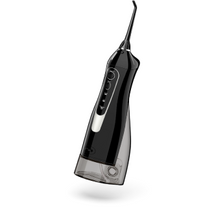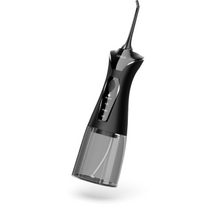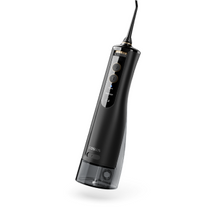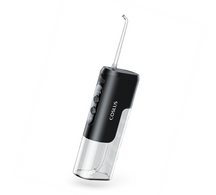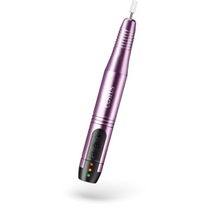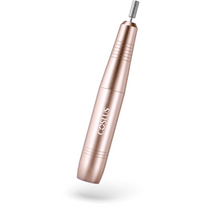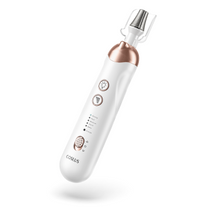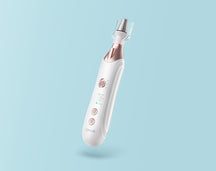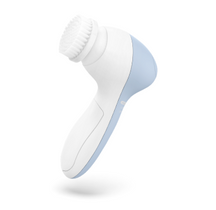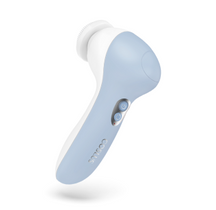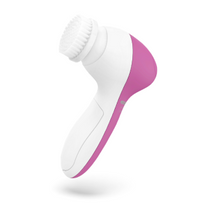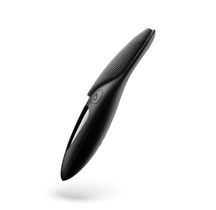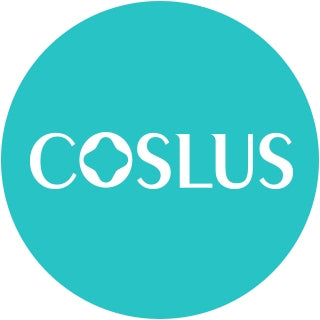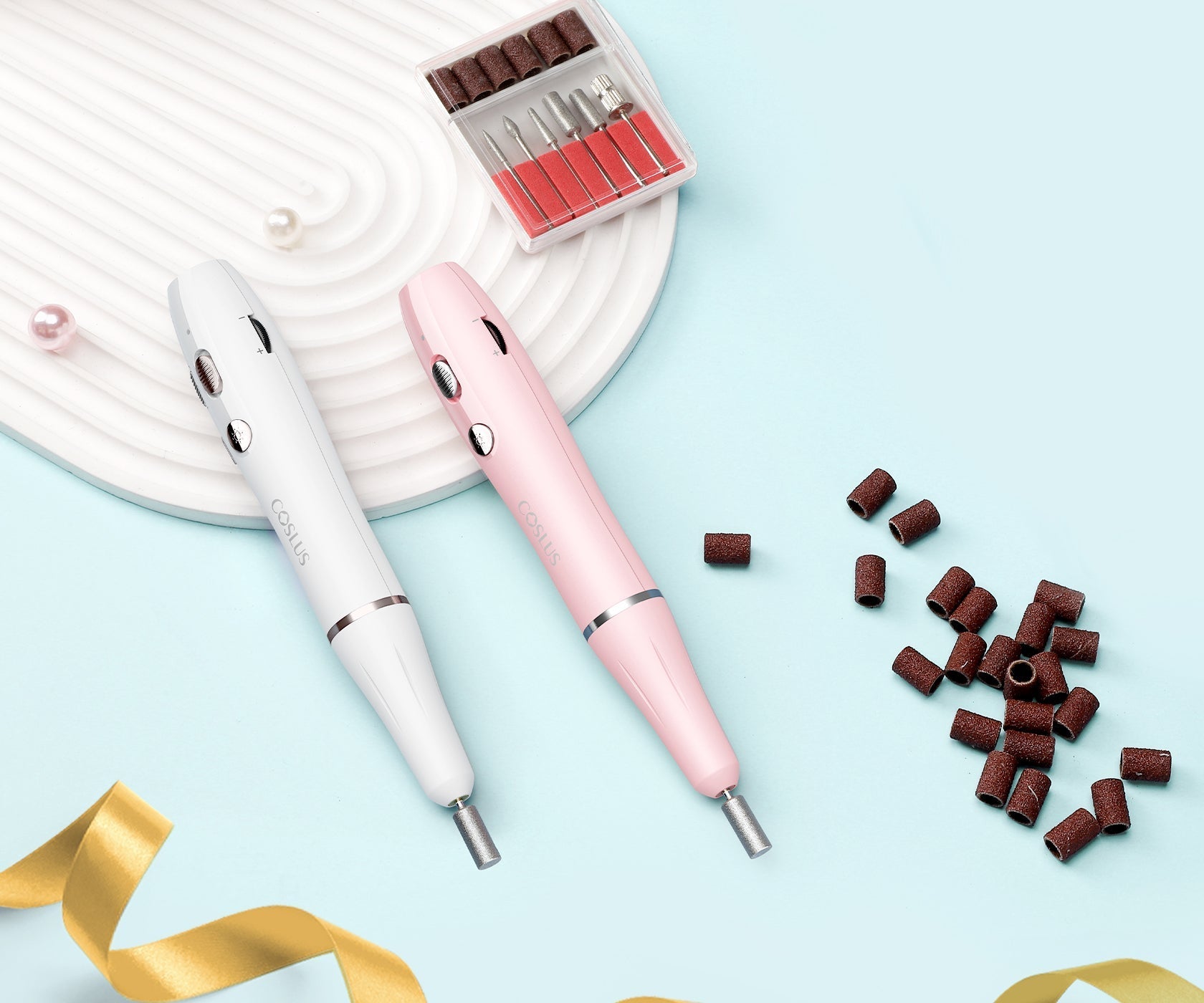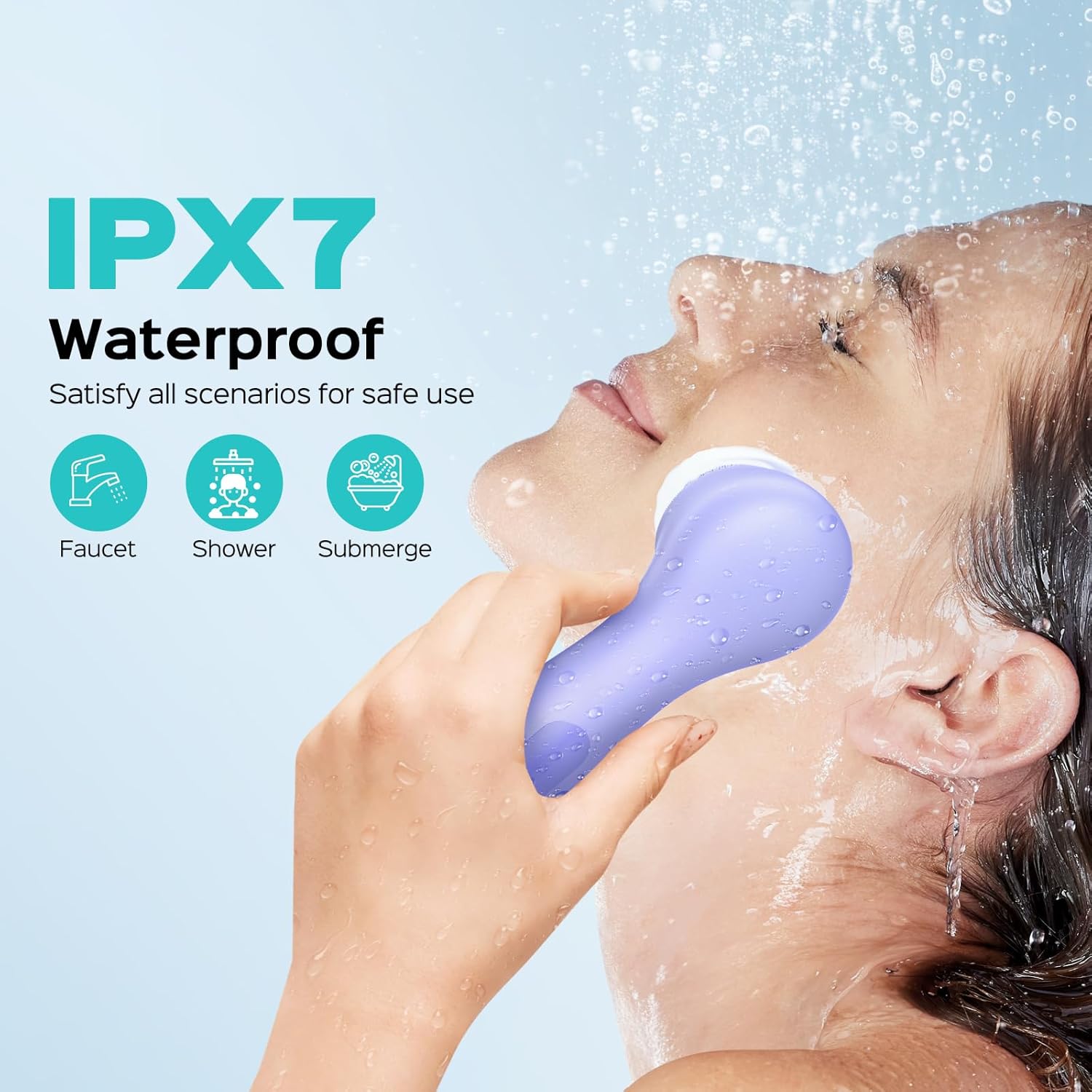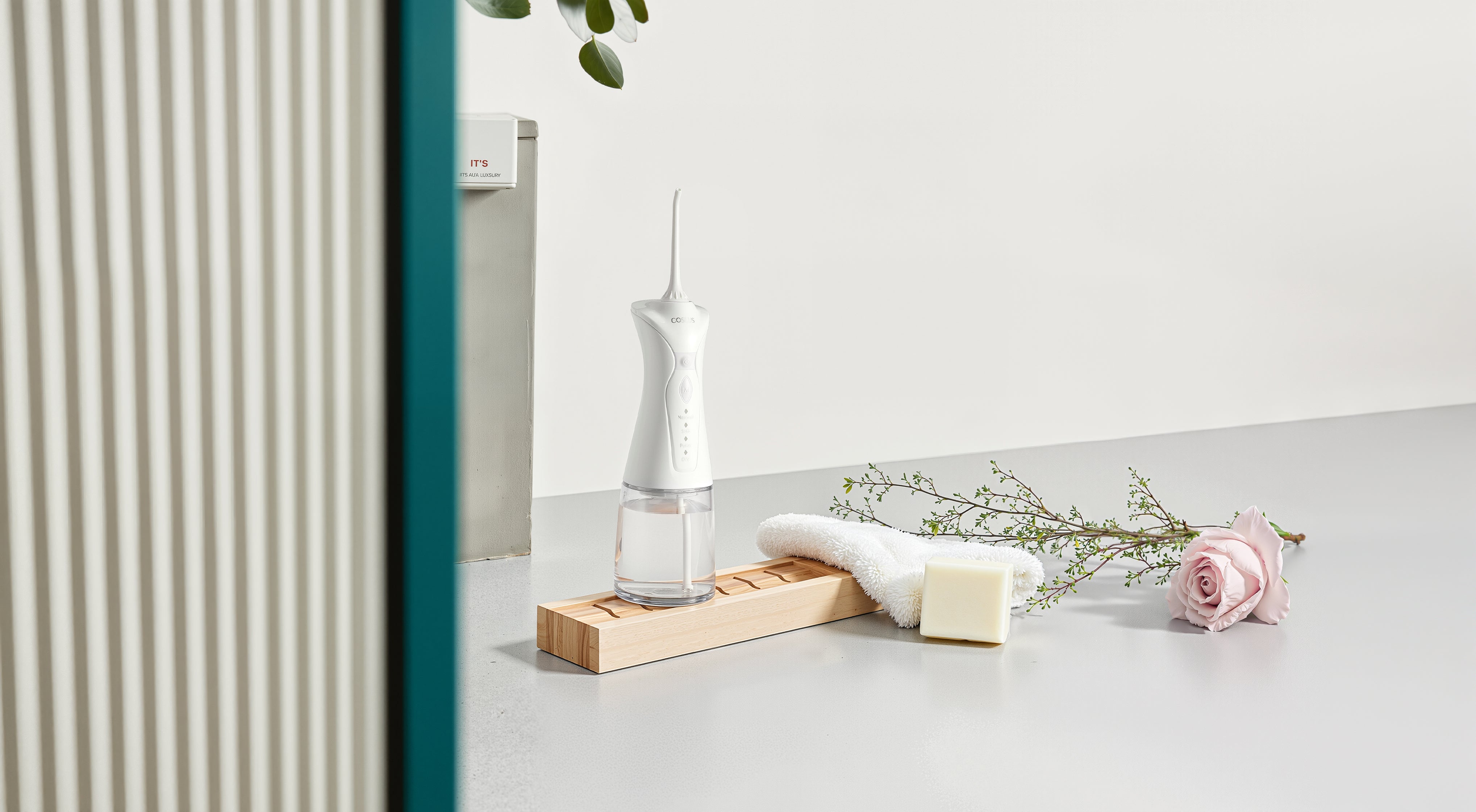
When Should I Use a Facial Cleansing Brush? A Complete Guide
Keeping your skin clean and healthy can feel like a challenge, especially when you're unsure about which tools work best for your specific needs. Many people struggle with stubborn makeup residue, clogged pores, and dull skin despite regular washing. Facial cleansing brushes offer a solution by providing deeper cleansing than hands alone, but knowing when and how to use them makes all the difference. These handheld devices work through gentle vibrations or soft bristles to remove impurities that regular washing might miss. Evening use typically works best since your skin collects dirt, oil and pollution throughout the day, and using the brush 2-3 times weekly helps maintain that healthy glow without risking irritation or over-exfoliation.
What Exactly is a Facial Cleansing Brush?
A facial cleansing brush is a handheld skincare tool designed to give your face a deeper clean than washing with your fingers alone. These devices typically feature either soft bristles or silicone touchpoints that move across your skin—some rotate in circles while others pulse with gentle sonic vibrations. The motion helps remove makeup residue, dead skin cells, and dirt that regular washing might miss. You'll find different types to choose from: traditional brushes with nylon bristles that rotate, gentler silicone models that vibrate, and even hybrid options. The right choice depends on your skin's needs—sensitive skin generally does better with softer silicone versions, while oilier skin might benefit from more thorough bristle cleansing.
When to Use Your Facial Cleansing Brush
Now that you know what a facial cleansing brush is, let's talk about when to use it for the best results. Using it at the right time can make a big difference for your skin.
Why Nighttime Is Often Best
Using your facial brush at night helps remove all the dirt, oil, pollution, and sunscreen that builds up on your skin during the day. This deep clean creates a fresh surface for your nighttime face creams and serums to work better. Your skin also naturally repairs itself while you sleep, so cleaning well before bed helps this process.
Can You Use It in the Morning?
You can use your facial brush in the morning to wash away oils that form on your skin overnight and to create a smooth base for makeup. However, using the brush twice a day might clean your skin too much and cause irritation over time. For most people, using a facial cleansing brush once a day—usually at night—works best and keeps skin healthy.
How Often Should You Use It?
Now that you know the best time of day to use your facial cleansing brush, let's tackle another key question: how often should you use it? While nighttime use is generally ideal, the frequency of use depends on several factors unique to you and your skin.
Key Factors Influencing Frequency
Your skin type plays a major role in how often you should use a facial brush. Oily skin often tolerates more frequent use, while dry or sensitive skin needs less. The type of brush matters too—a silicone brush is typically gentler than bristle brushes, making it better for more regular use. Pay attention to how your skin responds, as everyone's skin tolerance is different.
General Guidelines & Listening to Your Skin
Start slowly with your facial brush, using it just once or twice a week. If your skin handles this well, you can gradually increase to 2-3 times weekly, which works well for most people. Some with very resilient skin may use it daily, but this isn't necessary for most. Watch for warning signs of overuse: redness, irritation, unusual tightness, dryness, or increased sensitivity. If you notice these signs, cut back on how often you use your brush and give your skin time to recover.
Is a Facial Cleansing Brush Right for Your Skin?
Facial cleansing brushes help some people get clearer skin but can cause problems for others, so you should check if one works for your skin type before buying it..
Who Benefits Most?
Not everyone needs a facial cleansing brush. These tools work best for:
- People with oily skin who need help removing excess oil
- Those with clogged pores looking for deeper cleaning
- Anyone with dull skin who wants gentle exfoliation
- Regular makeup wearers who need help removing all makeup residue
- People whose skin doesn't get irritated easily
When to Be Cautious or Avoid
Some people should skip using these brushes or be extra careful:
- People with very sensitive skin that gets red or irritated easily
- Those with active, inflamed acne (brushes can spread bacteria)
- Anyone with skin conditions like rosacea, eczema, or psoriasis
- People with sunburned skin or open wounds
- Those taking medications that make skin more sensitive
How to Use a Facial Cleansing Brush Correctly
Once you've decided whether or not a facial cleansing brush is suitable for your skin type, learning how to use the right technique is important to get maximum benefits while remaining irritation-free. Even individuals with suitable skin types can be at risk of issues if they improperly use these tools, so the correct steps can be a lifesaver.
Preparation Steps
Start by wiping off all heavy makeup with a makeup remover or micellar water before using your brush. Wet the face and brush the head with lukewarm water, not hot water, because it can irritate your skin. Apply a gentle, nonabrasive cleanser directly on either the face or brush head; gel or cream cleansers tend to work well together with facial brushes.
The Cleansing Process
Turn on your brush and gently move it over your skin in small circular motions without pressing hard. Divide your face into zones—forehead, cheeks, and nose/chin area—spending about 20 seconds on each zone. Keep the total cleansing time to around 60 seconds (or follow your device's specific instructions), and always avoid the delicate skin around your eyes. After cleansing, rinse your face thoroughly with lukewarm water and pat dry with a clean towel. Apply your serums and moisturizers immediately after to hydrate freshly cleansed skin.
Brush Care
Wash your brush head clean after every use following the manufacturer's directions to avoid bacteria accumulation. All but one need rinsing with running water and periodic deep cleaning with mild soap. Always dry the brush head in the air completely before storage to avoid mold and bacteria development.
What a Facial Cleansing Brush Can Do for Your Skin
Proper technique with your facial cleansing brush isn't just about avoiding irritation—it's also about maximizing the many benefits these tools can offer. When used correctly as outlined in the previous section, facial cleansing brushes can transform your skincare routine with several important advantages.
Better Cleaning Than Hands Alone
Facial cleansing brushes remove dirt, oil, and makeup much more effectively than washing with your hands alone. The brush's movement helps dislodge impurities from pores that fingers simply can't reach, leading to fewer breakouts and clearer skin over time.
Natural Skin Renewal
The brush gently removes dead skin cells from the surface of your skin without harsh scrubbing. This gentle exfoliation helps smooth rough patches and prevents the dullness that comes when old skin cells build up on your face.
Brighter, Fresher-Looking Skin
By removing both surface impurities and dead skin cells, facial cleansing brushes help reveal the fresher skin underneath. This process leads to a more vibrant complexion with regular use, as your natural skin tone appears more even and healthy.
Better Absorption of Your Skincare Products
Clean, freshly exfoliated skin absorbs creams and serums more effectively. After using a facial cleansing brush, your moisturizers and treatments can work better because they penetrate deeper into the skin, potentially giving you better results from the products you already own.
The Other Side of the Coin: When Facial Brushes Cause Problems
While facial cleansing brushes provide better benefits like deeper cleaning and improved product absorption as we've seen, they're not without their cons. Being aware of these possible issues—and how to avoid them—means you'll get all the benefits and none of the drawbacks.
Irritation and Redness
Pressing too hard or choosing the wrong brush for your skin type can leave your face feeling raw and looking red. To keep your skin happy, use a light touch, start with the gentlest setting, and select a soft brush head that matches your skin's sensitivity level.
The Over-Exfoliation Problem
Just like too much chocolate can get you ill, over-exfoliating can damage your skin's natural barrier. This leads to dryness, sensitivity, and redness that cancels out the efforts your skincare routine is making. Start using your brush once or twice a week initially, and hear your skin out when it comes to frequency.
Preventing Broken Capillaries
Scrubbing too aggressively—especially around delicate areas—can break tiny blood vessels under the skin, creating permanent red marks. Keep your movements light and circular, avoid the eye area completely, and if you notice persistent redness, take a break from using your brush.
Keeping Bacteria at Bay
A wet brush head is a five-star hotel for bacteria, which will cause breakouts when they are transferred onto your skin. Clean your brush after use, let it air dry completely in an open well-ventilated area, and replace the brush head every so often as advised by the manufacturer.
Using Your Facial Brush for Better Skin
Getting great skin doesn't have to be hard. A facial cleansing brush can make a big difference when used right. The key is simple: use it in the evening, about 2-3 times a week, with gentle circles. Pay attention to how your skin reacts and adjust as needed. This tool should help your skin, not hurt it. Want better results? Choose a brush that fits your skin type, follow our tips, and watch your skin become clearer and healthier. Your skin deserves good care—start today!
Table of Contents
- What Exactly is a Facial Cleansing Brush?
- When to Use Your Facial Cleansing Brush
- How Often Should You Use It?
- Is a Facial Cleansing Brush Right for Your Skin?
- How to Use a Facial Cleansing Brush Correctly
- What a Facial Cleansing Brush Can Do for Your Skin
- The Other Side of the Coin: When Facial Brushes Cause Problems
- Using Your Facial Brush for Better Skin
Table of Contents
- What Exactly is a Facial Cleansing Brush?
- When to Use Your Facial Cleansing Brush
- How Often Should You Use It?
- Is a Facial Cleansing Brush Right for Your Skin?
- How to Use a Facial Cleansing Brush Correctly
- What a Facial Cleansing Brush Can Do for Your Skin
- The Other Side of the Coin: When Facial Brushes Cause Problems
- Using Your Facial Brush for Better Skin


